1. James T. Kirk – Star Trek (1966–1969)
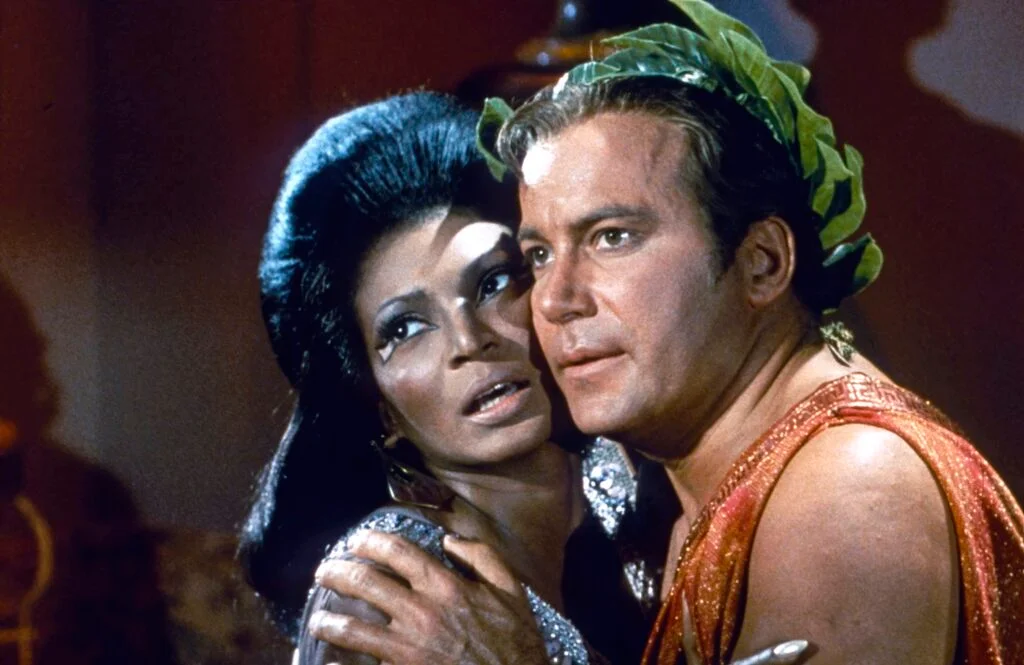
Captain James T. Kirk, portrayed by William Shatner, became the epitome of leadership and charisma in the 1960s. As the captain of the USS Enterprise, Kirk’s bold decisions and unwavering confidence set him apart as a symbol of coolness in the sci-fi genre. His ability to navigate complex moral dilemmas while maintaining a sense of adventure resonated with audiences, making him a beloved character in television history.
Beyond his leadership qualities, Kirk’s interactions with his crew, especially his close bond with Spock and Dr. McCoy, showcased a depth of character that added to his appeal. His iconic catchphrases and memorable moments, such as his passionate speeches and daring escapades, have left an indelible mark on pop culture, cementing his status as a trailblazer in redefining what it meant to be cool on television.
2. Maxwell Smart – Get Smart (1965–1970)
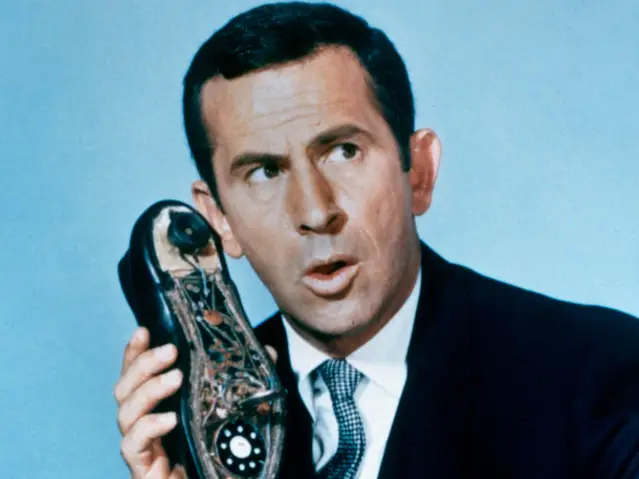
Maxwell Smart, portrayed by Don Adams, brought a unique blend of intelligence and comedic charm to the spy genre. As Agent 86 of CONTROL, Smart’s bumbling yet effective approach to espionage captivated audiences. His use of gadgets like the shoe phone and his catchphrase “Would you believe…” became trademarks that added to his cool factor.
Despite his clumsiness, Smart’s quick thinking and resourcefulness often saved the day, proving that being cool doesn’t require perfection. His partnership with Agent 99, played by Barbara Feldon, added a dynamic element to the show, with their contrasting personalities complementing each other. Smart’s influence extended beyond the series, inspiring future spy comedies and leaving a lasting legacy in television history.
3. Barnabas Collins – Dark Shadows (1966–1971)
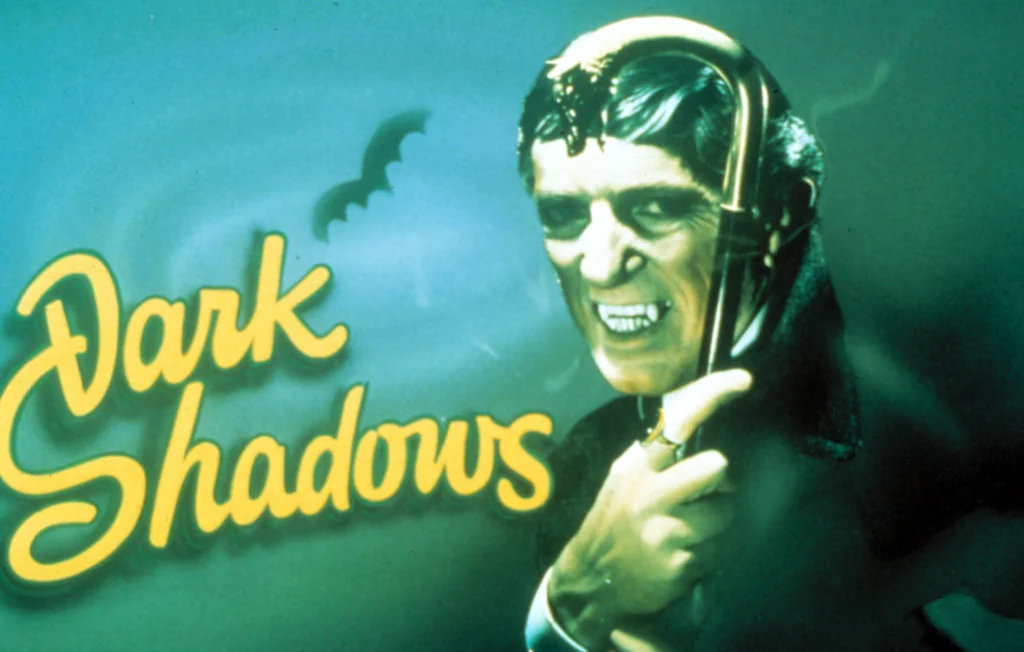
Barnabas Collins, portrayed by Jonathan Frid, introduced a gothic charm to daytime television as the 175-year-old vampire in Dark Shadows. His complex character, torn between his cursed existence and desire for redemption, resonated with viewers. Barnabas’s suave demeanor and tragic backstory added layers to his persona, making him a captivating figure in the supernatural genre.
The show’s blend of horror, romance, and drama, centered around Barnabas, set it apart from other daytime soaps. His interactions with other characters, especially his love interests, added emotional depth to the series, and his mysterious nature became a defining feature that redefined what it meant to be cool on TV.
4. Samantha Stephens – Bewitched (1964–1972)
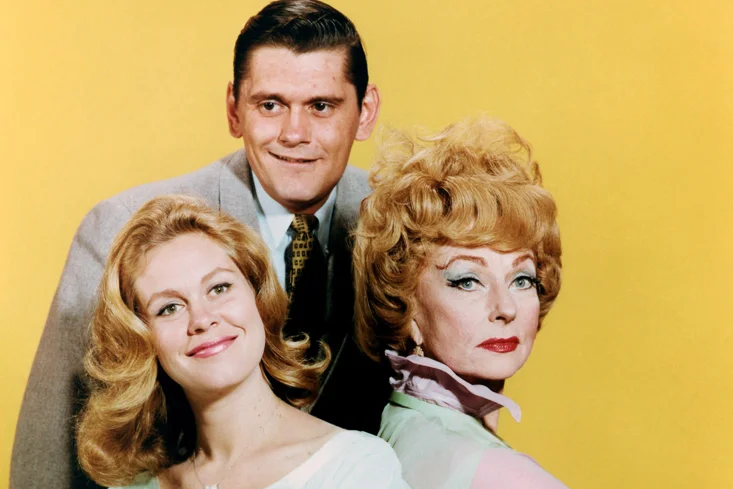
Samantha Stephens, played by Elizabeth Montgomery, was a groundbreaking character who redefined the traditional housewife role. As a witch trying to live a normal suburban life with her mortal husband, Samantha effortlessly balanced her supernatural abilities with her everyday responsibilities. Her ability to maintain grace under pressure, often dealing with the comedic chaos caused by her magical powers, made her an enduring figure of coolness.
Samantha’s calm demeanor, intelligence, and wit made her the ultimate 1960s heroine. The show’s playful take on feminism, with Samantha navigating both her family life and her magical powers, struck a chord with audiences. Her quick thinking and ability to handle challenging situations with poise solidified her as one of the most influential and iconic TV characters of the decade.
5. Steve Austin – The Six Million Dollar Man (1974–1978)
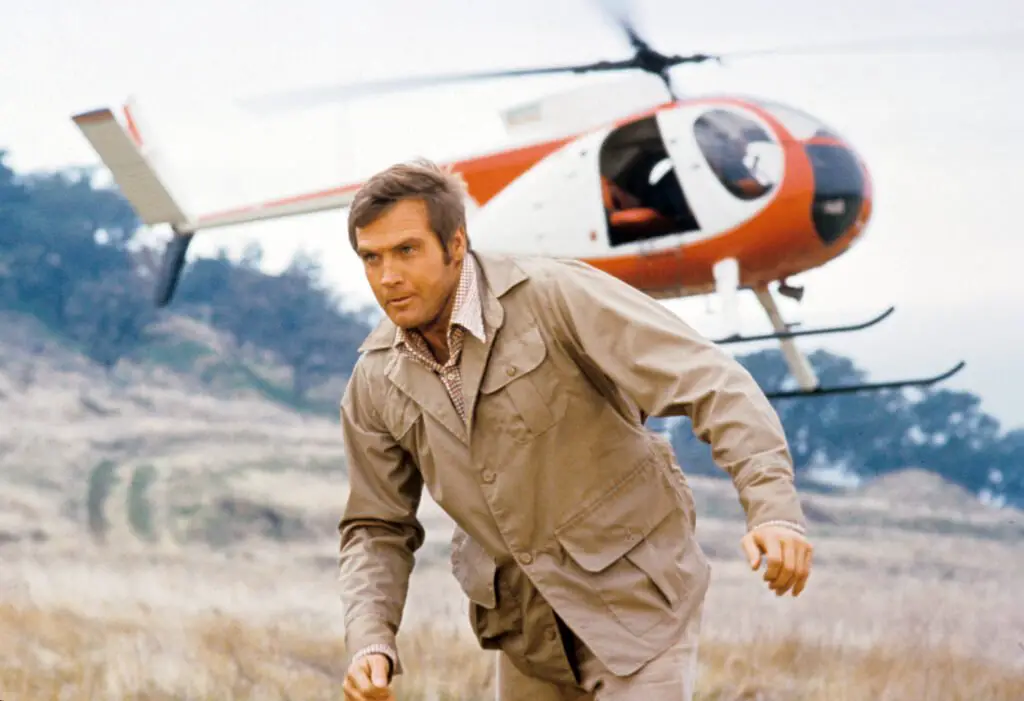
While technically from the 1970s, Steve Austin, portrayed by Lee Majors, was a groundbreaking character who had a huge influence in the late 1960s. As a bionic man with enhanced strength and speed, Austin became a symbol of cool for anyone interested in technology, action, and adventure. His ability to overcome physical limitations with his bionic enhancements set him apart as a modern-day hero.
The combination of action-packed scenes and Austin’s calm, cool demeanor made him a standout figure in TV history. His relationship with his boss, Oscar Goldman, and his ongoing missions as a government agent added depth to his character. The bionic man’s adventures were not just about physical feats; they were also about Steve’s internal struggle with his new identity, making him a complex and cool character for the ages.
6. The Fonz – Happy Days (1974–1984)
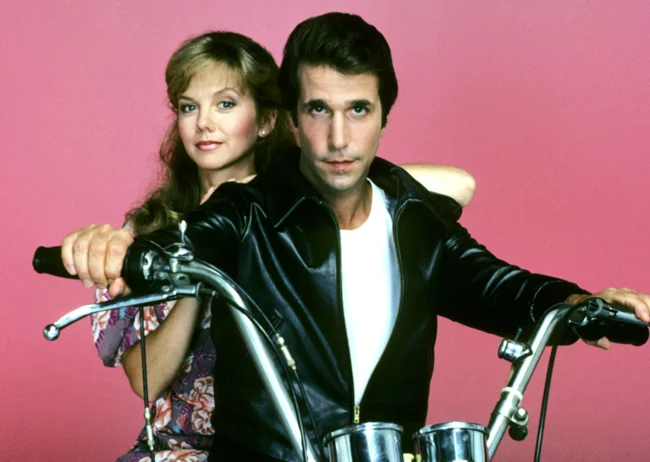
The Fonz, played by Henry Winkler, became the ultimate symbol of cool in the 1970s, but his influence was firmly rooted in the 1960s. As the leather-jacket-wearing, motorcycle-riding bad boy, The Fonz had an undeniable presence on Happy Days. His ability to exude confidence without saying much, and his iconic catchphrase “Aaay,” made him a character everyone wanted to be.
What made The Fonz truly cool was his loyalty and kindness, hidden beneath his tough exterior. Whether fixing a jukebox with a single punch or helping his friends through tough times, Fonzie’s actions spoke louder than words. He was a timeless character, redefining the classic tough-guy trope with heart and humor, making him an iconic figure in TV history.
7. Zorro – Zorro (1957–1959)
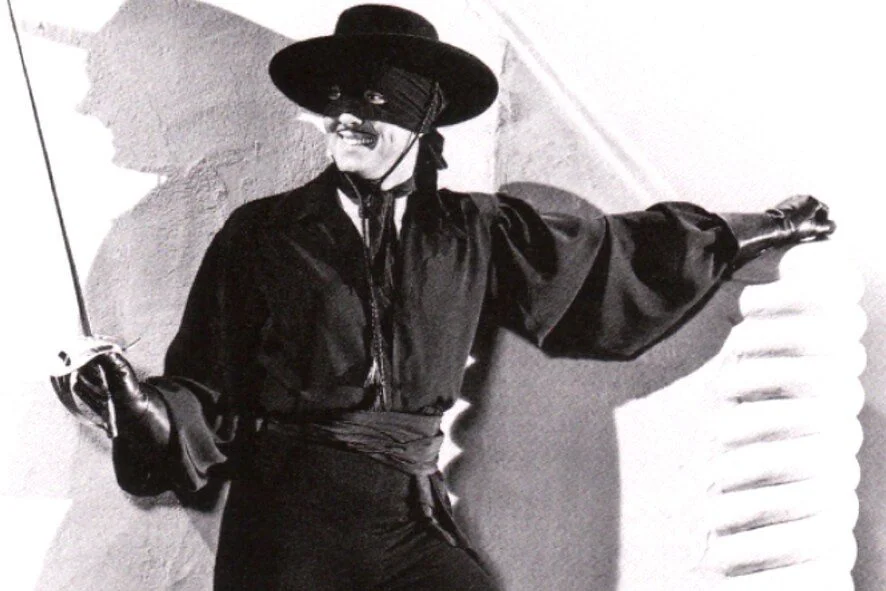
Don Diego de la Vega, portrayed by Guy Williams, was the charming and heroic Zorro, who took the world by storm in the late 1950s and early 1960s. As a masked vigilante, Zorro redefined cool with his mix of charisma, cunning, and unmatched swordsmanship. His ability to defeat villains while maintaining his gentlemanly demeanor was ahead of its time, making him a timeless icon.
The show’s success helped cement Zorro as one of the most beloved action heroes of television. With his dual identity as a wealthy and mild-mannered aristocrat and a fearless fighter for justice, Zorro showcased the cool factor of being able to balance both sides of life. His courage and commitment to righting wrongs became central to the show’s success and helped define the genre of swashbuckling adventure on TV.
8. Marcia Brady – The Brady Bunch (1969–1974)
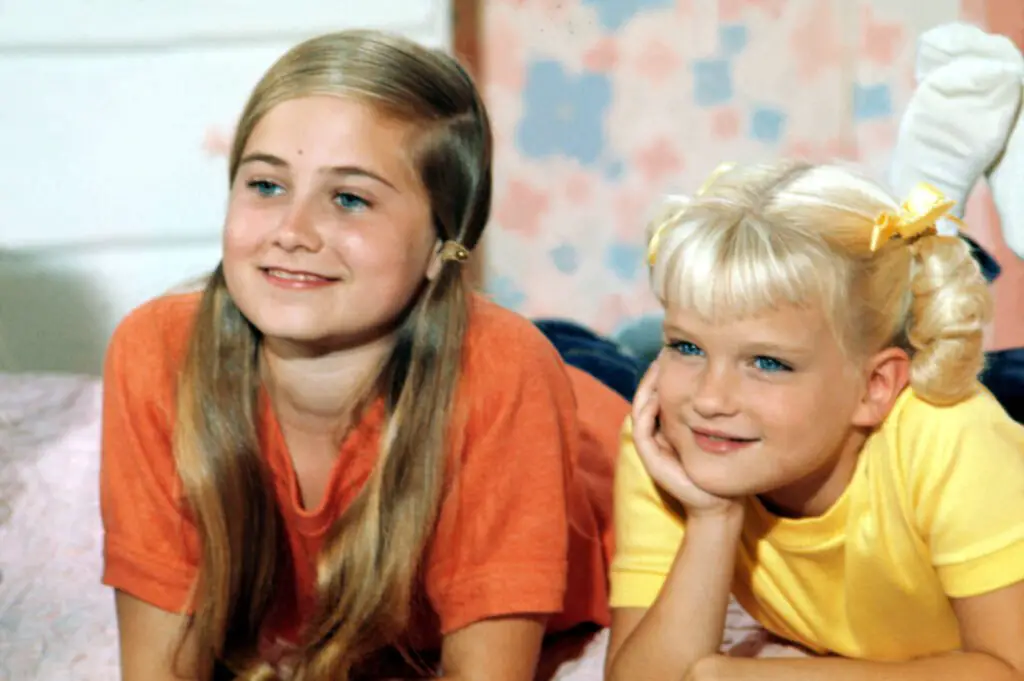
Marcia Brady, portrayed by Maureen McCormick, defined what it meant to be cool in the context of the modern family sitcom. As the oldest daughter in The Brady Bunch, she was the responsible one who often acted as a peacemaker and role model for her younger siblings. Her calm demeanor and ability to handle various family dynamics made her the ideal cool character, offering both wisdom and kindness in equal measure.
Her relationships with her family members, especially with her brothers, showcased her patience and maturity. Marcia’s influence as the voice of reason and her ability to stay grounded amidst the chaos of her blended family made her an enduring figure in 1960s television.
9. Lucy Ricardo – I Love Lucy (1951–1957)
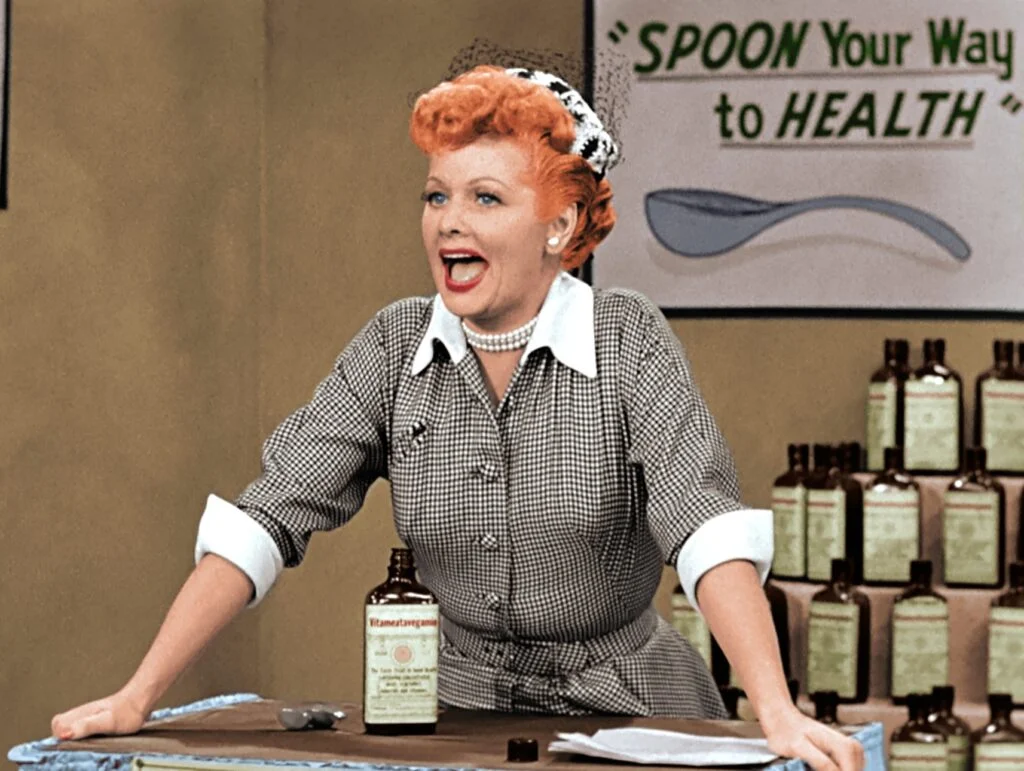
Though I Love Lucy began in the early 1950s, Lucy Ricardo, portrayed by Lucille Ball, maintained her cool factor throughout the 1960s as reruns of the show continued to dominate TV. Lucy’s over-the-top antics, her hilarious schemes, and her determination to succeed made her one of the most iconic TV characters of all time. She combined comedy with relatability, making her someone audiences couldn’t help but admire.
Her ability to stay optimistic in the face of constant failure endeared her to viewers, and her partnership with Desi Arnaz’s Ricky Ricardo was a perfect blend of chaos and love. Lucy was a trailblazer in breaking down societal norms about women in comedy and television, making her a timeless figure who redefined cool through her humor and resilience.
10. Napoleon Solo – The Man from U.N.C.L.E. (1964–1968)
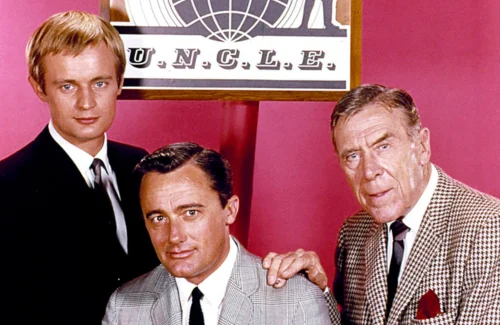
Napoleon Solo, portrayed by Robert Vaughn, was a suave, smooth-talking secret agent who redefined the spy genre in the 1960s. Alongside his partner Illya Kuryakin, Solo tackled international threats with style, wit, and incredible gadgetry. His sense of cool was derived from his ability to outwit his enemies and navigate high-stakes situations with effortless charm.
Solo’s interactions with Kuryakin highlighted his depth of character, balancing action with a more intellectual, compassionate side. His role as a global agent fighting for peace and justice made him one of the coolest characters of the era, cementing The Man from U.N.C.L.E. as a key figure in the 1960s pop culture landscape.
11. Dr. Kildare – Dr. Kildare (1961–1966)
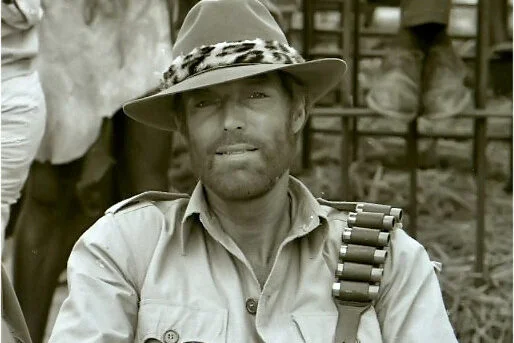
Dr. Kildare, played by Richard Chamberlain, was the suave, compassionate doctor who captured the hearts of television audiences in the early 1960s. His ability to balance medical expertise with empathy for his patients made him a cool character in a genre that was often more about drama than character depth. Dr. Kildare’s quiet confidence and kind nature resonated with viewers who admired his calm under pressure.
His relationship with his mentor, Dr. Gillespie, provided a deeper emotional layer to the show. Dr. Kildare’s coolness wasn’t just about being a doctor; it was about how he treated people, making him an enduring figure of grace and professionalism.
12. The Munsters – The Munsters (1964–1966)
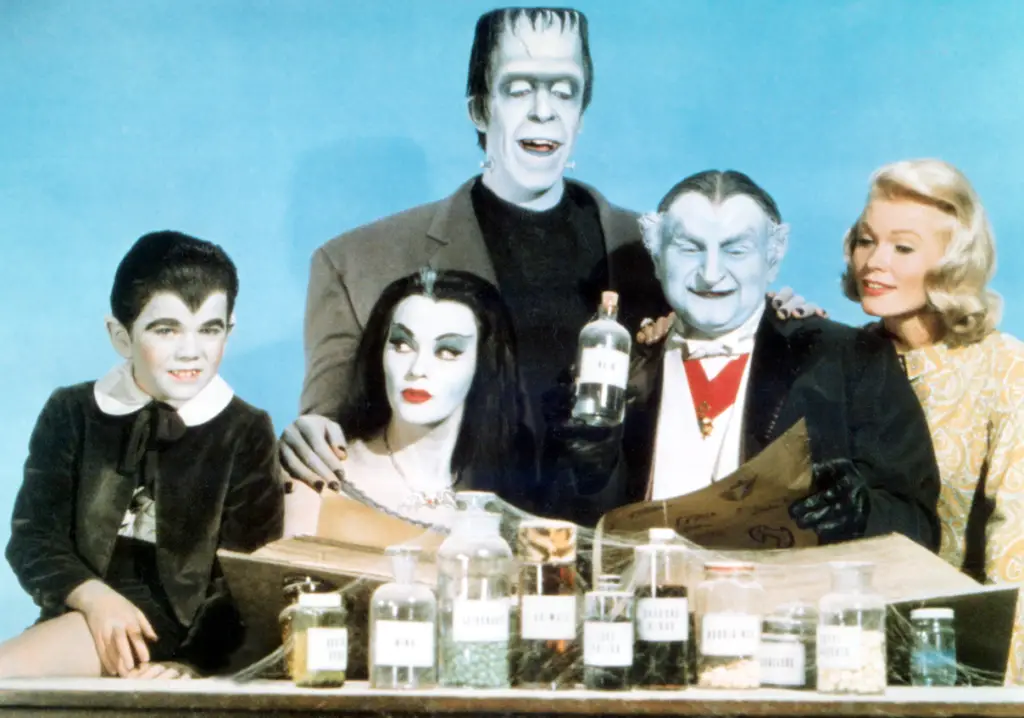
While The Munsters was a comedic take on the classic monster genre, Herman Munster and his family became icons of coolness in their own right. As the lovable, yet intimidating, patriarch of the family, Herman, played by Fred Gwynne, redefined the image of a monster with his quirky charm and gentle demeanor. Despite his monstrous appearance, Herman’s sincerity and kindness made him a standout character in the 1960s.
The family dynamic of The Munsters also contributed to its cool factor. Lily Munster, played by Yvonne De Carlo, brought a sophisticated elegance to the show, while Grandpa, Eddie, and Marilyn added layers of humor and charm. Their ability to navigate the quirky, often absurd situations they found themselves in with love and acceptance made them cool in a uniquely 1960s way, breaking the mold of typical sitcom families.
13. The Man from U.N.C.L.E. – The Man from U.N.C.L.E. (1964–1968)
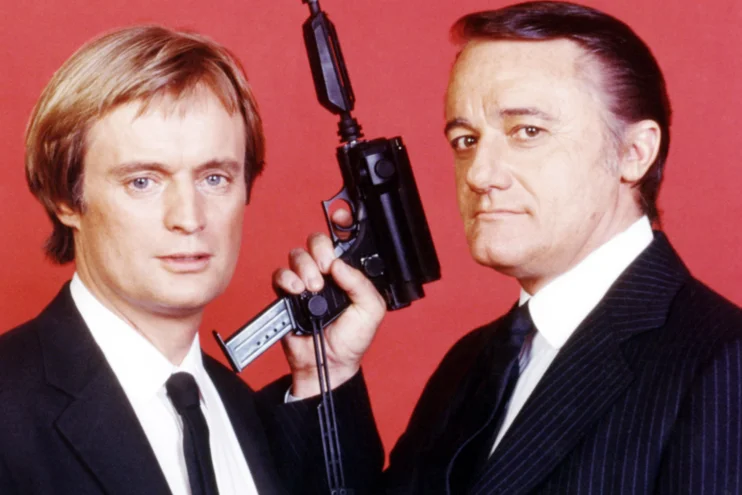
Napoleon Solo and Illya Kuryakin were the coolest spies of the 1960s. As members of U.N.C.L.E., they worked together to fight global threats, using their quick wit, cutting-edge gadgets, and impeccable fashion to carry out their missions. Their cool demeanor and ability to navigate international espionage in style and sophistication made The Man from U.N.C.L.E. a definitive spy series of the era.
Their partnership, though occasionally fraught with tension, always carried an air of camaraderie and mutual respect, adding depth to their coolness. Their confident yet approachable personalities left an indelible mark on the spy genre, influencing generations of action heroes to come.
14. Ed Norton – The Honeymooners (1955–1956)
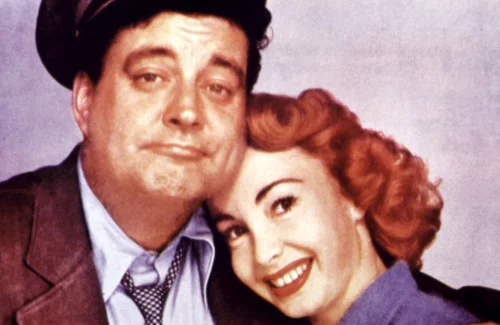
Ed Norton, portrayed by Art Carney, became one of television’s most iconic and cool characters through his portrayal of a lovable, yet bumbling, sewer worker. Though The Honeymooners premiered in the 1950s, its influence carried over into the 1960s, with Ed’s antics still winning over audiences in reruns. His unwavering loyalty to his friend Ralph Kramden and his classic catchphrase “I’m the king of the castle!” made him an unforgettable character.
What made Ed particularly cool was his ability to navigate life with humor and optimism, even in difficult situations. While Ralph often dreamed of big schemes and fast solutions, Ed grounded him with his down-to-earth perspective and wit. The character’s physical comedy and brilliant timing solidified Ed Norton as a timeless figure in TV history, proving that you didn’t need to be the straight man to be the coolest character on the screen.


